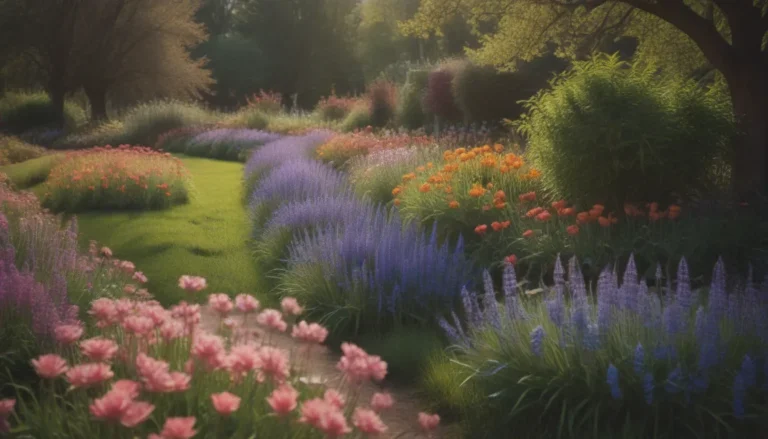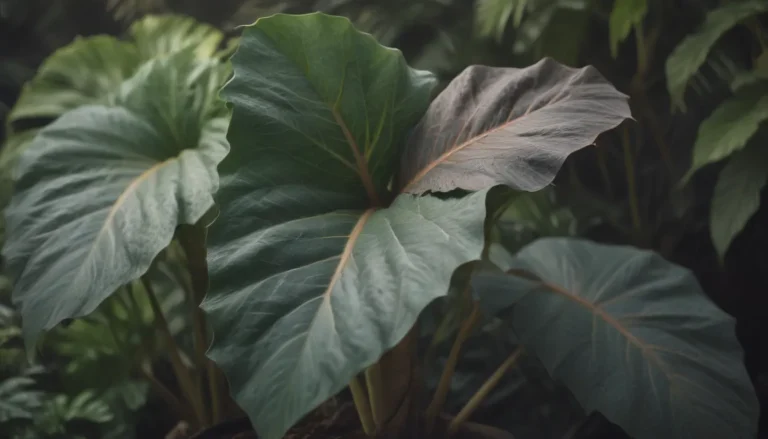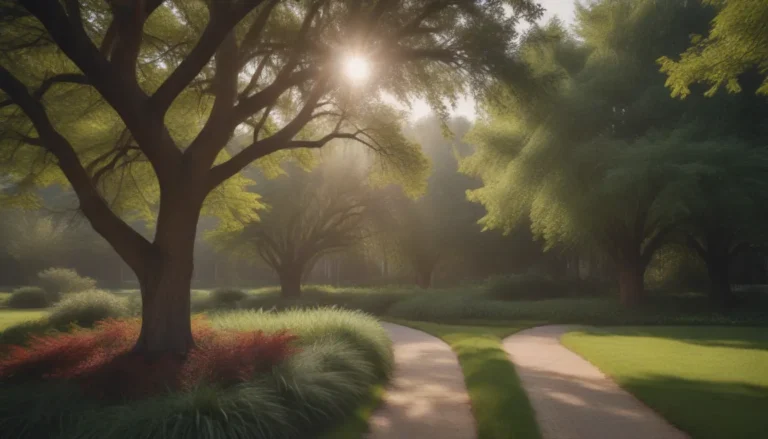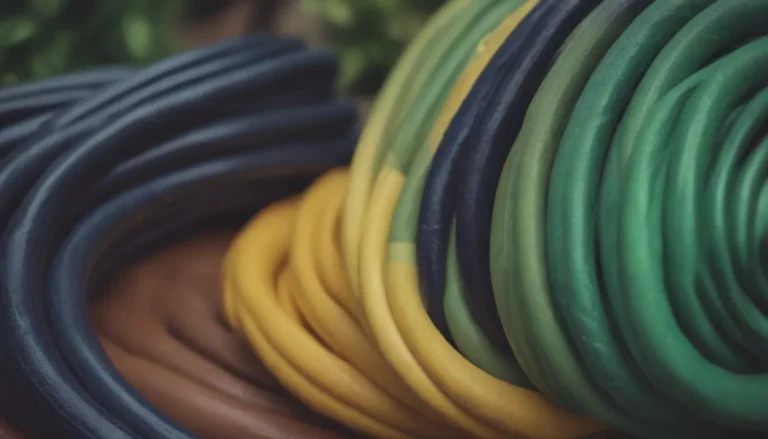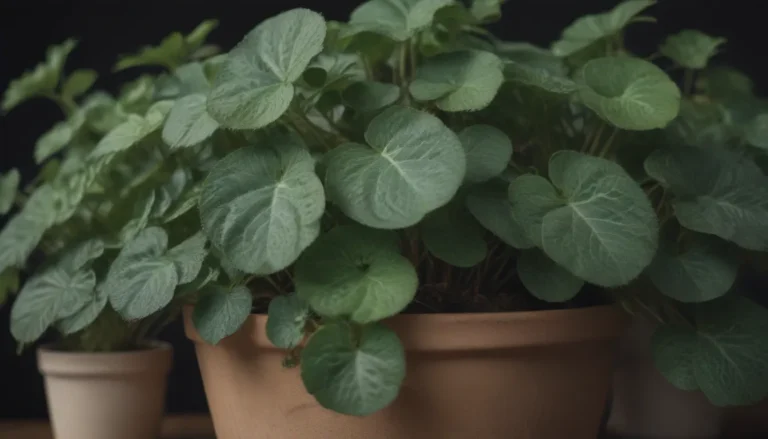Ultimate Guide to Terrarium Care and Maintenance
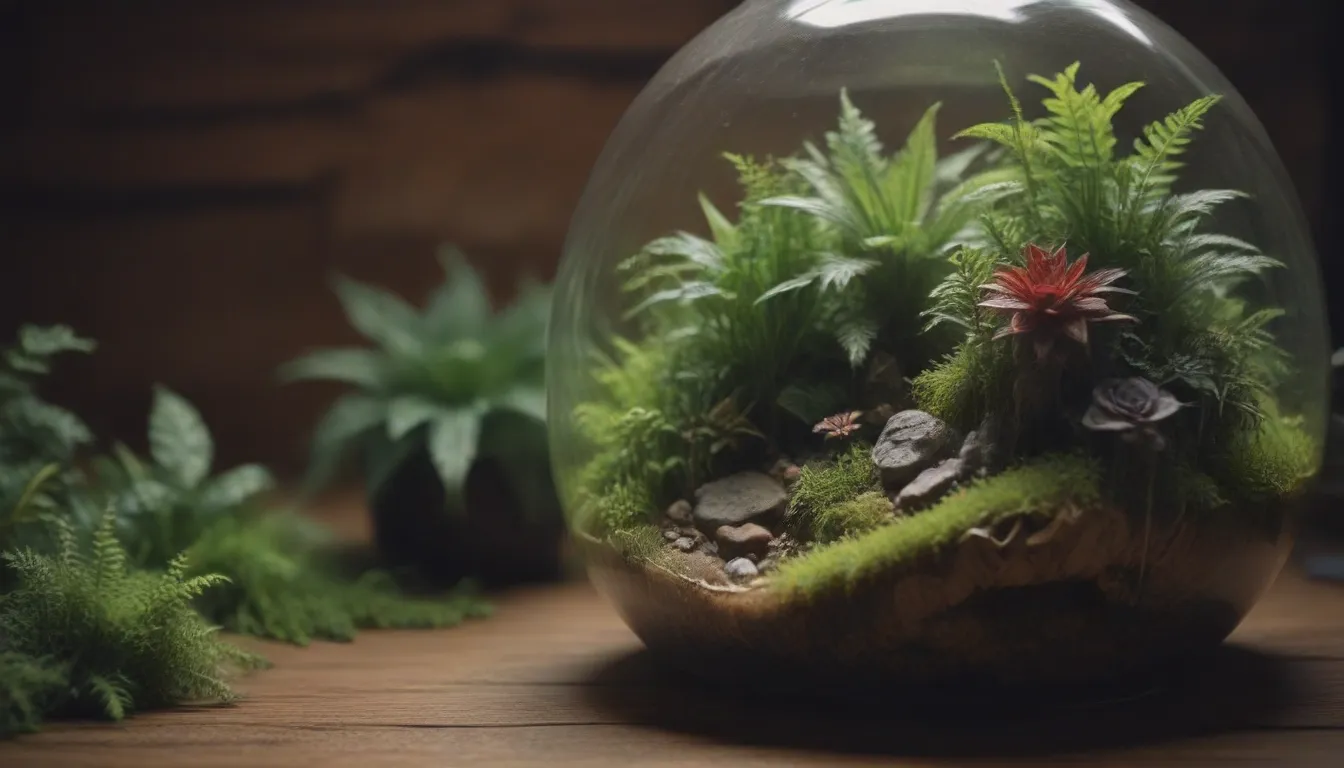
Terrariums, the miniature gardens under glass, are a delightful way to bring a touch of nature into your living space. These self-contained ecosystems can be a beautiful addition to your home or office, offering a low-maintenance way to enjoy plants. With the right care, terrariums can thrive for years, adding a unique touch to your decor. In this comprehensive guide, we will explore the dos and don’ts of terrarium care to ensure your tiny garden flourishes.
Why Terrariums?
Before diving into terrarium care tips, let’s take a moment to appreciate the beauty and benefits of these miniature gardens. Terrariums allow you to create a small, enclosed environment where plants can thrive with minimal attention. They offer a way to bring greenery into small spaces and can be a great option for those with limited gardening experience.
Benefits of Terrariums:
- Adds a touch of nature to any room
- Requires minimal maintenance
- Creates a unique and eye-catching display
- Can last for years with proper care
Top 10 Terrarium Care Mistakes to Avoid
While terrariums are generally easy to care for, there are some common mistakes that can hinder the health and growth of your plants. By avoiding these pitfalls, you can ensure that your terrarium remains a vibrant and thriving ecosystem.
1. Too Much Light
Most plants suitable for terrariums do not require direct sunlight. Placing your terrarium in a location with excessive light can lead to the glass acting as a magnifier, causing plants to burn. To prevent this, keep your terrarium out of direct sunlight and opt for indirect light sources instead.
2. Too Little Light
On the flip side, inadequate light can also be detrimental to your terrarium plants. If your terrarium is not receiving enough natural light, consider supplementing with grow lights or fluorescent bulbs. Placing your terrarium near a window with indirect light can also help meet your plants’ light requirements.
3. Proximity to Heat Sources
Placing your terrarium near heat sources such as radiators or vents can spell disaster for your plants. The excess heat can quickly kill delicate terrarium plants, so be sure to keep your terrarium away from any sources of direct heat.
4. Overgrown Plants
To maintain the beauty of your terrarium, it’s important to prevent plants from becoming overgrown and leggy. Regular trimming can help keep your plants in check and allow you to enjoy the intricate design of your terrarium. Remember to also prune the roots to keep your plants small and healthy.
5. Failure to Remove Dying Plants
If you notice a plant in your terrarium that is struggling or diseased, it’s crucial to remove it promptly. Dying plants can spread illness to other plants in the terrarium, so be diligent about removing any unhealthy specimens. Replace the plant with a healthy alternative that matches the light and moisture requirements of the surrounding plants.
6. Dirty Glass
Cleanliness is key when it comes to maintaining a healthy terrarium. Regularly clean the glass both inside and out to ensure that light can reach your plants unimpeded. Use a damp cloth or newspaper to gently wipe away dirt and grime, avoiding harsh chemicals that could harm your plants.
7. Overwatering
Overwatering is a common mistake that can lead to root rot and other issues in your terrarium. To prevent this, opt for a spray bottle when watering to avoid saturating the soil. If you do accidentally overwater, use a paper towel to soak up the excess moisture and leave the terrarium open until it dries out.
8. Terrarium Tip: Adding Mosses
Including mosses in your terrarium can add a lush and vibrant touch to your miniature garden. Since mosses thrive in moisture, they are well-suited to a closed terrarium environment. Consider adding mosses to create a rainforest-like atmosphere within your terrarium.
9. Overfertilizing
Most terrarium plants do not require fertilization, as the confined space limits their growth naturally. Overfertilizing can lead to excessive growth and crowded conditions within the terrarium. Instead of feeding your plants, focus on providing them with the right light and moisture levels to thrive.
10. Choosing the Right Plants
Selecting the appropriate plants for your terrarium is essential for long-term success. Different terrarium setups require plants with specific humidity and light preferences, so be sure to choose varieties that will thrive in your chosen environment. Low-light plants are generally a safe bet for most terrariums.
Terrarium Plants and Climate
Understanding the needs of your terrarium plants is key to creating a healthy and thriving environment. Different plants have varying requirements when it comes to light, water, and humidity levels. By selecting plants that are well-suited to the conditions of your terrarium, you can ensure their long-term health and growth.
Common Terrarium Plants:
- Fittonia (Nerve Plant)
- Peperomia
- Ferns
- Pilea (Chinese Money Plant)
- Air Plants (Tillandsia)
Closed vs. Open Terrariums
When choosing plants for your terrarium, consider whether you are creating a closed or open system. Closed terrariums provide a more humid environment, ideal for moisture-loving plants like mosses. Open terrariums, on the other hand, allow for better airflow and are suitable for plants that prefer less moisture, such as succulents.
Conclusion
Terrariums are a delightful way to bring nature indoors and create a unique display of plants in your home or office. By avoiding common care mistakes and understanding the needs of your plants, you can create a thriving terrarium that will bring you joy for years to come. Remember to monitor your terrarium regularly, adjust light and moisture levels as needed, and enjoy the beauty of your miniature garden under glass. Happy terrarium gardening!
